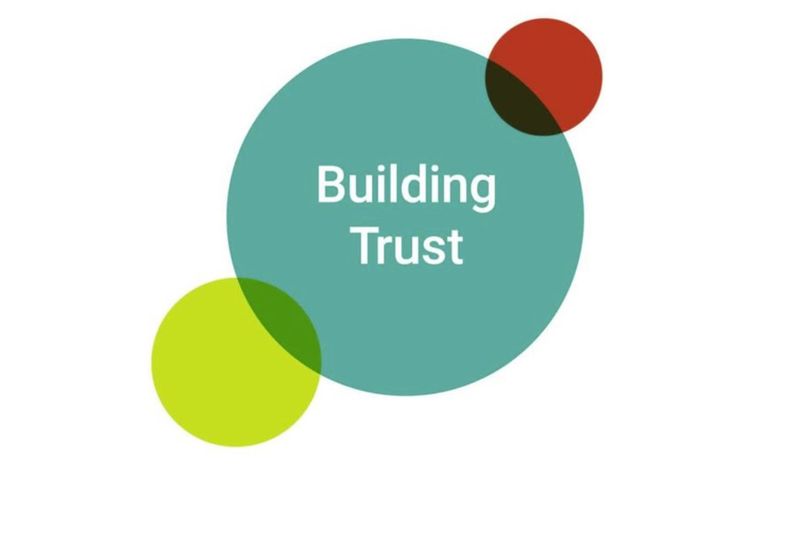Establishing trust is central to any functioning team, collaboration or supervision relationship. Becoming a PI and managing a team obviously means that you are no longer responsible for just your workload, you are now expected make progress using the skills and capabilities of others. One of the key components to successfully managing people is building trust. There are two basic types of trust: ‘practical’ and ‘emotional’:
Trust
Practical trust is earned by being reliable, meeting commitments, showing up on time, and doing what you say you’ll do. People rely on your competence and dependability and trust you to get the job done. This trust is fundamental. If you don’t have it, your team is facing some big problems. It can lead to a lack of communication, knowledge hoarding, micro-management, duplication of work, missed deadlines, and terrible productivity.
Emotional trust in the workplace will take your teamwork to the next level. It’s when people trust that you’re on their side. They know you’ll treat them kindly and respectfully, that you won’t judge them for their setbacks, and they’re comfortable telling you their honest thoughts, feelings, and ideas. This type of trust is, obviously, far more complex. It goes beyond hard work and respecting other people’s time; it requires a safe environment and a certain level of emotional intelligence which can be learned.
Trust is reciprocal – consciously work on building and earning trust.
When people don’t trust you, it becomes obvious in their behaviour. They double-check your work, they micro-manage you, they don’t share concerns or opportunities, and they won’t be honest with their feedback. These are just some of the symptoms. Sometimes, it’s because the individual has a low trust threshold, and sometimes it just takes time to earn trust.
Building trust
To consider ways to build and earn trust, take a look at this video featuring two theories to help you think about what you can do to establish trust with your own team (or anyone!).
Following on from the video, look at our download Worked example of the trust equation (pdf).
Previous and next
Go back to the previous section: Developing a vision
Go to the next section: Expectation setting
